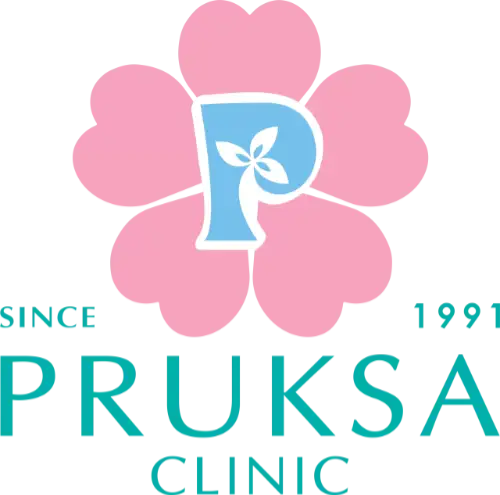Acne Peel Program
What is Peeling?
Peeling is the process of accelerating the shedding of skin to remove old, wrinkled, and dull skin, revealing new, bright, smooth, and soft skin.
There are two types of Peeling:
- Mechanical Peel (exfoliation), such as facial scrubbing or Microdermabrasion.
- Chemical Peel (using chemicals), such as applying AHA or BHA.
Benefits of the Acne Peel Program
- Helps reduce oily skin issues.
- Reduces inflamed acne and clogged pores.
- Improves skin brightness.
- Reduces wrinkles and large pores.
- Suitable for those with inflamed acne, clogged pores, and acne scars.
Service Frequency
- For those with oily skin, services can be received weekly.
- For those with normal skin, services can be received every 2 weeks.
Side Effects
- May cause irritation such as redness, burning, heat, or white patches on the skin.
- May cause dryness, stinging, or peeling of the skin.
- Skin may be sensitive to light for 2-3 days due to the peeling process.
Contraindications
- Fresh wounds on the face.
- Dry skin.
- Skin inflammation from infection.
- Recently undergone laser treatment.
Steps for the Acne Peel Program
- Cleanse the face thoroughly.
- Use a cotton bud to apply Vaseline around the under-eye area, nose creases, and around the lips.
- Use half-dampened cotton pads with water to cover both eyes.
- Use a brush to apply the Acne Peel solution to the T-zone, followed by the U-zone and cheekbones, leaving it for 5 minutes or as directed by the doctor (after applying the Acne Peel solution all over the face, uncover the patient’s eyes).
- Use cold water-soaked cotton pads to wipe the entire face.
- Spray mineral water and apply nourishment and sunscreen.
